УДК 638.16+579.674
![]() Пробиотики — полезные для человека и животных живые микроорганизмы, относящиеся к нормальным обитателям кишечника и подавляющие рост и развитие патогенной и условно-патогенной флоры.
Пробиотики — полезные для человека и животных живые микроорганизмы, относящиеся к нормальным обитателям кишечника и подавляющие рост и развитие патогенной и условно-патогенной флоры.
Среди них наиболее известны молочнокислые бактерии Lactobacillus acidophilus, L. casei, L. delbrueckii subsp. bulgaricus, L. reuteri, L. brevis, L. cellobiosus, L. curvatus, L. fermentum, L. plantarum, Lactococcus lactis subsp. cremoris, Streptococcuss alivarius subsp. thermophilus, Enterococcus faecium, Staphylococcus diaacetylactis, S. intermedius, Bifidobacterium bifidum, B. ado-lescentis, B. animalis, B. infantis, B. longum, B. thermophilum.
Механизм пробиотического эффекта может быть обусловлен конкуренцией с патогенной микрофлорой за питательные вещества и рецепторы адгезии на эпителии кишечника, производством антибактериальных веществ и стимуляцией иммунных систем.
Так, молочнокислые бактерии в кишечнике производят метаболиты, ингибирующие рост патогенных микроорганизмов и повышающие устойчивость организма хозяина. Образующиеся органические кислоты также снижают кишечную рН, которая может ингибировать другие бактериальные патогены.
Молочнокислые пробиотические бактерии, содержащиеся в медовом зобике пчелы и свежем меде, оказывают положительное действие на организм как самих пчел, так и человека, подавляя рост и развитие патогенной и условно-патогенной флоры. Пробиотические микроорганизмы формируют устойчивость пчел к неблагоприятным факторам окружающей среды, стимулируя компоненты иммунной системы. Антагонистическая активность пробиотических бактерий против широкого спектра патогенных микроорганизмов обусловливает перспективность их применения как в ветеринарии, в частности для профилактики и лечения заболеваний пчел, так и в медицине.
Ключевые слова: мед, медоносная пчела, медовый зобик, пробиотики, молочнокислые бактерии.
Л.Р.ГАЙФУЛЛИНА, Е.С.САЛТЫКОВА,
А.Г.НИКОЛЕНКО
Институт биохимии и генетики УНЦ РАН
ЛИТЕРАТУРА
1. Мишуковская Г.С. Применение пробиотиков для повышения продуктивности темной лесной пчелы башкирской популяции / Темная лесная пчела Apis mellifera mellifra L. Республики Башкортостан. — Уфа, 2015.
2. Butler E., Oien R.F., Lindholm C., Olofsson T.C., Nilson B., Vasquez A. A pilot study investigating lactic acid bacterial symbionts from the honeybee in inhibiting human chronic wound pathogens // International Wound Journal. — 2014. — V. 13.
3. Forsgren E., Tobias C.O., Vasquez A., Fries I. Novel lactic acid bacteria inhibiting Paenibacillus larvae in honey bee larvae // Apidologie. — 2010. — V. 41.
4. Olofsson T.C., Vasquez A. Detection and identification of a novel lactic acid bacterial flora within the honey stomach of the honeybee Apis mellifera // Current Microbiology. — 2008. — V. 57.
5. Olofsson T.C., Butler E., Markowicz P., Lindholm C., Larsson L., Vasquez A. Lactic acid bacterial symbionts in honeybees — an unknown key to honey’s antimicrobial and therapeutic activities // International Wound Journal. — 2014.
6. Piccart K., Vasquez A., Piepers S., De Vliegher S., Olofsson T.C. Lactic acid bacteria from the honeybee inhibit the in vitro growth of mastitis pathogens // Journal of Dairy Science. — 2016. — V. 99.
7. Vasquez A., Forsgren E., Fries I., Paxton R.J., Flaberg E., Szekely L., Olofsson T.C. Symbionts as major modulators of insect health: lactic acid bacteria and honeybees // PLoS ONE. — 2012. — V. 7
8. Yoshiyama M., Wua M., Sugimura Y., Takaya N., Kimoto-Nira H., Suzuki C. Inhibition of Paenibacillus larvae by lactic acid bacteria isolated from fermented materials // Journal of Invertebrate Pathology. — 2013. — V. 112.
СВЕДЕНИЯ ОБ АВТОРАХ:
Гайфуллина Луиза Римовна, науч. сотр., канд. биол. наук, e-mail:
Салтыкова Елена Станиславовна, ст. науч. сотр., д-р биол. наук, e-mail:
Николенко Алексей Геннадьевич, зав. лабораторией, д-р биол. наук, e-mail:
LACTIC ACID PROBIOTIC BACTERIA IN HONEY
L.R.Gaifullina, E.S.Saltykova, A.G.Nikolenko
The review is devoted to lactic acid probiotic bacteria contained in honeybee stomach and fresh honey. These microorganisms have a positive effect on both the organism of bees and humans suppressing the growth and development of pathogenic and conditionally pathogenic flora. Probiotic microorganisms are involved in the formation of bees resistance to adverse environmental factors by stimulating the immune system components. Antagonistic activity of probiotic bacteria against a wide range of pathogenic microorganisms determines the prospects of their use in the prevention and treatment of diseases of both bees themselves, and in medicine and veterinary medicine.
Keywords: honey, honeybee, honey stomach, probiotics, lactic acid bacteria.
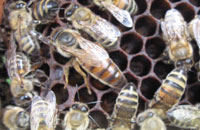
Своевременно меняйте маток…
июль 30, 2019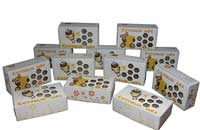
Эффективный способ улучшить свои позиции…
окт 5, 2016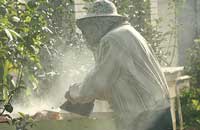
Дым и его «заменитель»…
июнь 1, 2014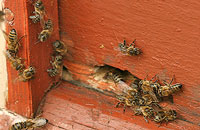
Пчела обязана трудиться…
июнь 15, 2019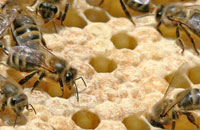
Доброе увлечение фронтовика…
июнь 23, 2018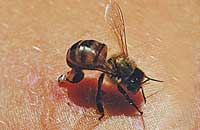
Лечение кокцигодиний пчелоужалением (око…
фев 13, 2015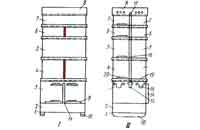
Улей Озерова
нояб 10, 2016
Кемеровская система ухода за пчелами…
окт 4, 2014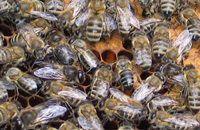
Мой опыт борьбы с аскосферозом…
сен 26, 2021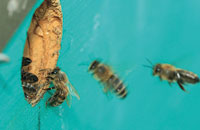
Хвойный экстракт для здоровья пчел…
март 11, 2023
Апидексы в апитерапии
мая 24, 2015
Электропривод к медогонке…
авг 11, 2014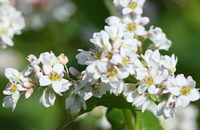
Пчелы на гречихе
мая 12, 2017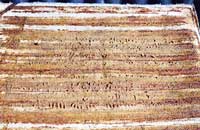
Получаю прополис с холстиков…
нояб 14, 2015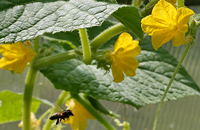
Аэроионы необработанного янтаря и жизнед…
нояб 11, 2022



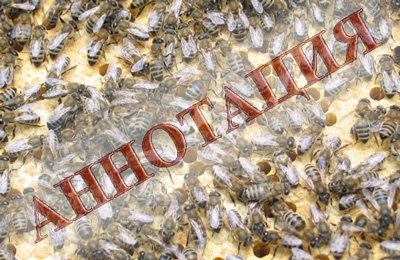


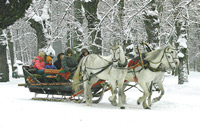
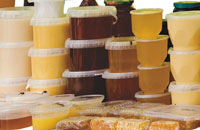

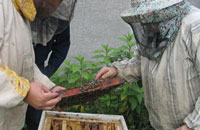
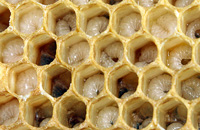
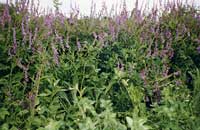
 Адрес редакции журнала "Пчеловодство":
Адрес редакции журнала "Пчеловодство":



